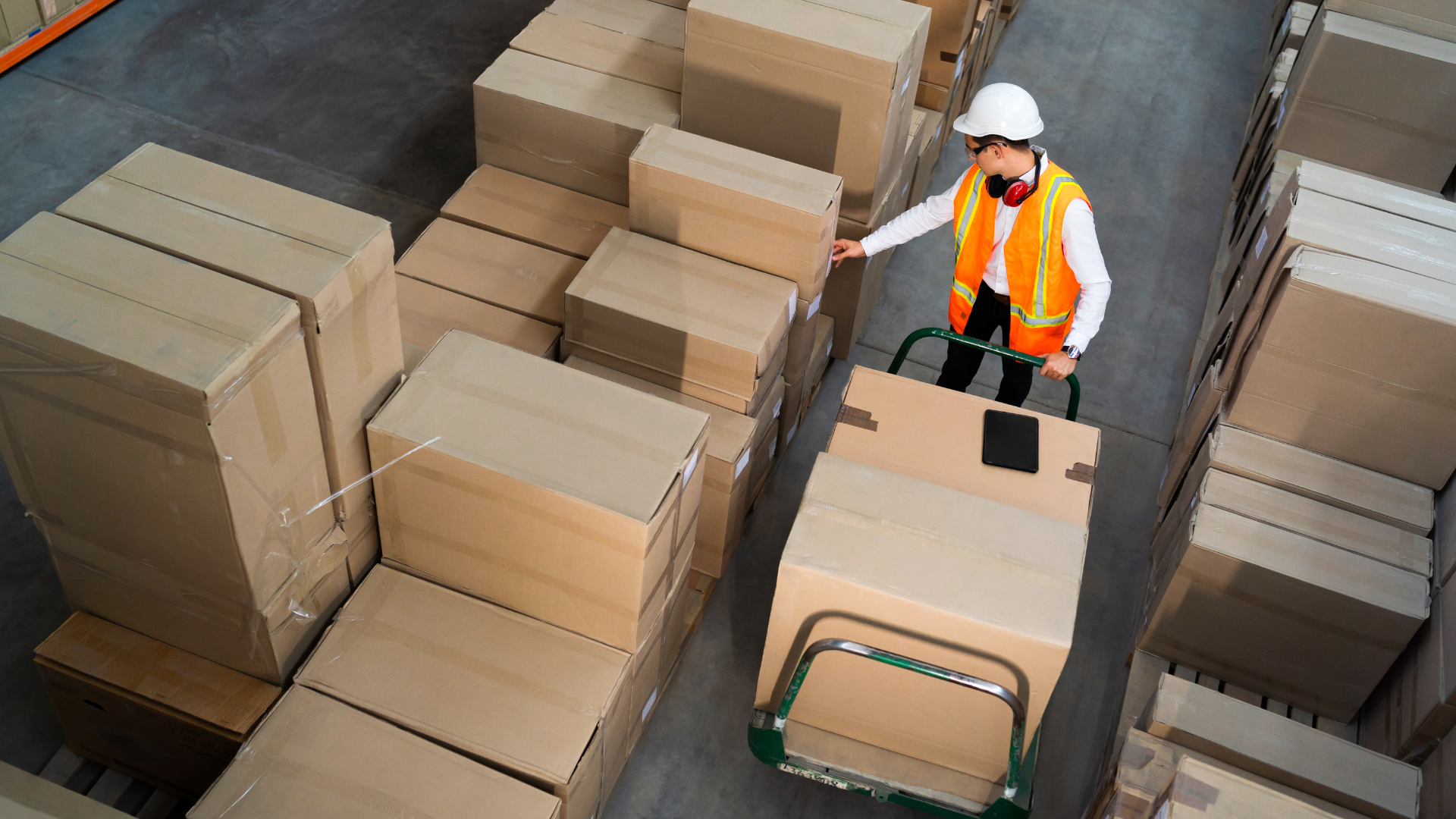As companies try to find new and creative ways to market their products to stand out, packaging is becoming an essential part of this. Packaging has been used for many years, with packages designed to protect what is inside them. Nowadays, manufacturers are beginning to take advantage of this as they develop innovative materials to create new designs outside their typical label.
Packaging vs Labeling
Packaging has a significant impact on the industry. It can change how consumers perceive a product and its use in the manufacturing process. For example, a product can be more easily stored or transported if packaged in a way that makes it easy to open and use. Labeling can also play a significant role in the industry. If a product is labeled correctly, it can help consumers make informed choices about what they buy. However, if labeling is inaccurate or misleading, it can lead to consumer confusion and frustration. Packaging and labeling are changing rapidly in the industry, and many innovations are constantly being developed. This means that consumers and producers must keep up with the latest trends to ensure that products are delivered to the market effectively.
Technological Trends in Packaging and Labeling
Packaging and labeling have always been important to the food industry, but they are changing rapidly. Due to the emergence and popularity of ERP in the food industry, packaging and labeling has updated its compliance requirements, adopted data integration, and helped in supply chain optimization. But that is only one of the primary shifts that technology has aroused in the packing and labeling industry. There are many other technological trends that are having a significant impact on the industry as well. One trend is using digital printing technology to print labels on products. This is because digital printing is fast, accurate, and can produce high-quality labels. It can also print multiple labels on a product simultaneously, saving time and money.
Another trend is using biodegradable packaging materials. These materials break down into natural substances after being consumed or disposed of, which reduces the amount of waste that needs to be handled. Another trend is using QR codes on packages and labels. QR codes are small images that can be scanned with a smartphone camera to access information about the product. This information could include nutritional data, product recalls, or other related information. Furthermore, businesses could integrate shipping software solutions offered by firms like Go3G (visit website to find out more) with other technological trends like digital printing and QR codes, to create a cohesive and technology-driven packaging and labeling strategy. Such software can allow for efficient management of shipments, accurate tracking, and real-time visibility into the supply chain.
The Effect of Packaging on Logistics
Packaging and labeling are undergoing a transformative evolution, reshaping the logistics landscape, particularly for e-commerce sites where the last mile is crucial. In the digital era, where online shopping has become ubiquitous, the role of packaging and labeling extends beyond protection and branding; it directly influences the efficiency of order fulfillment. E-commerce businesses are increasingly recognizing that well-designed packaging can streamline logistics operations by facilitating quicker and more accurate sorting, reducing errors in shipment, and enhancing overall supply chain visibility.
Additionally, the integration of advanced labeling technologies, such as RFID and barcoding, enables real-time tracking and tracing of packages, optimizing the last-mile delivery process. Third-party logistics companies such as Shape Fulfilment (and similar services) are at the forefront of adopting these innovations, providing e-commerce businesses with the expertise to navigate this packaging and labeling revolution.
The type of packaging in which a product is shipped also plays a role in logistics. For example, products that need to withstand extreme temperatures (such as ice cream) are typically shipped in cold packs. This helps keep the product cold while it is transported, preventing it from spoiling.
In addition to temperature regulation, other types of packaging used in the logistics sector include:
- Foil Sheets: Used for delicate products that may be damaged if not packaged correctly. Foil sheets enclose products in a protective layer of foil, so they do not get scratched or torn during transport.
- Packs: Used for more oversized items that do not need to be kept cold. The packs protect products from direct contact with other items on the truck or shipboard cargo area.
- Tubes: Used for liquids and gels; tubes contain a liquid or gel inside a sealed container, which keeps it from leaking during transportation.
The Effect of Labeling on Logistics
The practice of labeling plays a crucial role in the field of logistics, significantly impacting the efficiency and effectiveness of various operations. By attaching labels to packages, containers, and products, businesses can streamline their supply chain processes, enhance inventory management, and ensure accurate delivery.
There are different labels available, such as LPN Labels, Adhesive Floor Labels, Pallet Labels, to name a few. Another innovative trend that has emerged in the labeling industry is the use of Warehouse Magnetic Labels. They can be easily attached to metal racks, shelves, or other magnetic surfaces, enabling easy relocation and reorganization of products within the warehouse.
From improved inventory management to enhanced traceability, efficient warehouse operations, streamlined shipping processes, and compliance with regulatory requirements, labeling plays a pivotal role in optimizing logistics operations.
Putting it All Together and Getting it Out There
Packaging and labeling are changing the logistics industry. The rise of e-commerce has led to increased bulk packaging and labeling for products shipped. This has caused a decline in traditional cardboard boxes and packing materials, such as tape and bubble wrap. One reason for this shift is that e-commerce companies can save money by shipping products in bulk. Another reason is that customers prefer to buy packaged products how they want them rather than having products shipped in a way that the company decides.
Packaging and labeling companies have developed new methods to make shipping products more efficient. For example, they have created machines that can print labels on demand. This allows companies to keep inventory levels low by generating labels quickly. In addition, packaging and labeling companies are working on ways to recycle packaging materials. They are also developing new types of packaging that will be more environmentally friendly.




